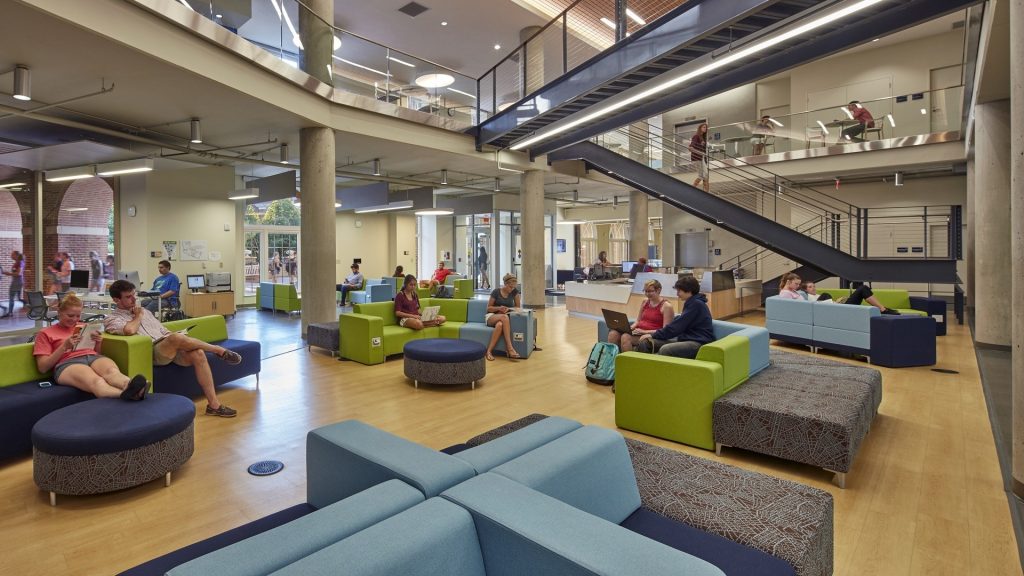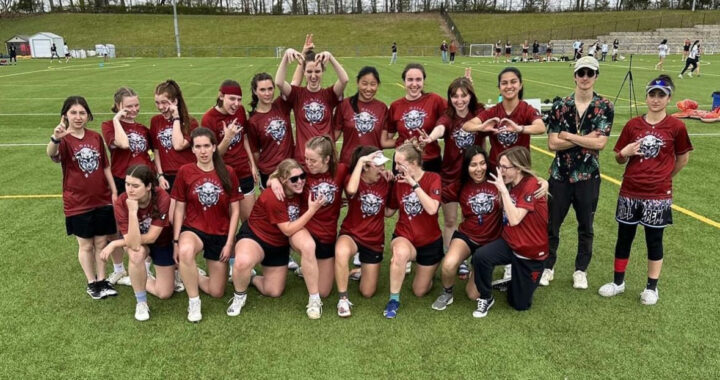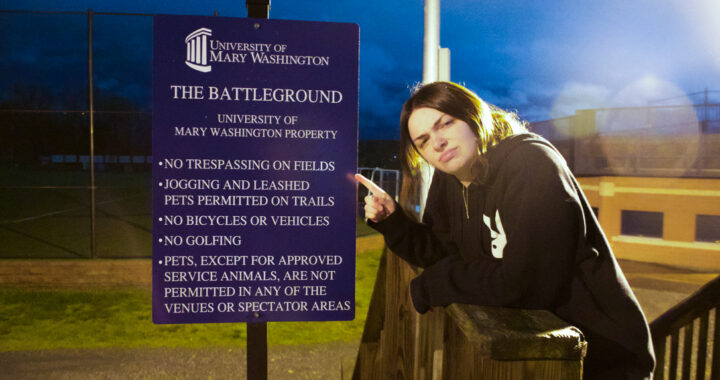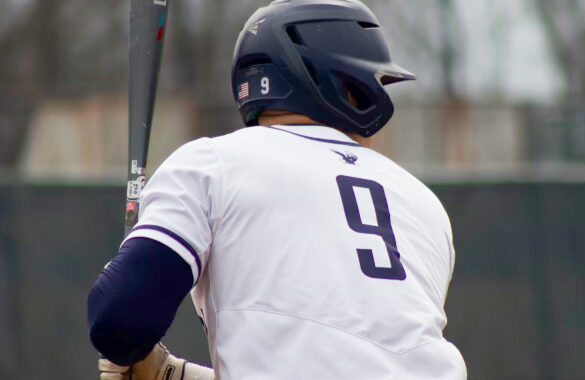Time commitment prevents former athletes from pursuing college sports
3 min read
Approximately 8 million high school students participate in high school athletics, but only about 480,000 college students compete as NCAA athletes. (explorehcc.umwhistory.org)
By DARCY SPICER
Staff Writer
Playing a high school sport helps students build friendships and teaches valuable lessons about teamwork and time management. According to the National Collegiate Athletic Association website, approximately 8 million high school students participate in high school athletics, but only about 480,000 college students compete as NCAA athletes. If sports are such a productive tool, why do so few students play sports in college compared to high school?
As a college student, managing classes and homework can be difficult. For some, balancing early morning practices and games with school work is not ideal for peak academic performance.
Zadie Lacy, an undeclared sophomore, competed in both soccer and swimming while attending high school, but does not play at UMW. “I tried out two sports here at UMW on the club level, and I had conflict[s] with the team schedule, and practice times,” said Lacy.
Freshman Mia Buffington played volleyball in high school. Most of her reasoning behind the decision to drop the sport in college was due to the time commitment.
“I think the main difference between high school and college sports is the time commitment and sacrifice of free time,” said Buffington. “I didn’t want to play at a college level because of the frequency of practices and potential for distraction from my schoolwork.”
Will Lawson said, “I find the problem is more with the amount of work and how much free time I have, which is not much.” This lack of flexibility is not only influenced by schoolwork, but also by Lawson’s involvement in other campus activities. Lawson actively participates in College Republicans, Young Americans for Freedom and Students for Life, which all involve some form of time commitment.
The question is then raised: how feasible is it to be active on campus, find time for school work and play a sport?
Some students view the stricter schedule as a positive for their academic performance.
Natalie
Linnekin played club sports in high school as well as managed the
varsity boys basketball team. Currently, she plays for the UMW women’s
rugby team and is involved in several committees on-campus. Linnekin
claims that she is able to be more diligent towards her schoolwork due
to a more demanding schedule, which causes her to be choosy with her
time.
“Sometimes I want to go out with my teammates even when I have a pile of work,” said Linnekin, “but it also forces me to get stuff done in a timely manner.”
While time shortage is a valid reason to stop participating in sports, there are some downsides.
“I
miss the friendship and bonding between my teammates and I,” said
Buffington, “but I don’t miss the long days and late nights finishing
work.”
As for Lacy, there are many things she misses about sports. “I miss playing sports, because I miss being a part of a team, and having something that gives a uniform structure to my schedule,” said Lacy, “I also miss having the healthy competition as part of working out, and meeting new people through that. I don’t miss the stress.”
For Linnekin, playing sports in college served as a breath of fresh air compared to high school.
“In high school I found that sports teams were extremely cliquey. If you weren’t a part of that friend group you weren’t going to play that sport or be included in the team,” said Linnekin. “I really like that in college everyone is from different walks of life. The dynamic in college is a lot different and I really like that.”
Research shows that although on average they have lower GPAs than students who do not participate in sports, student athletes have a higher graduation rate than students who are not athletes. Overall, it is important to examine the ways in which college sports individually impact students in terms of time, workload and the various other stressors that college students face.











